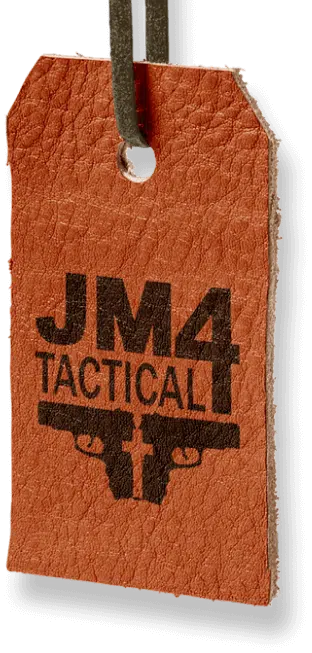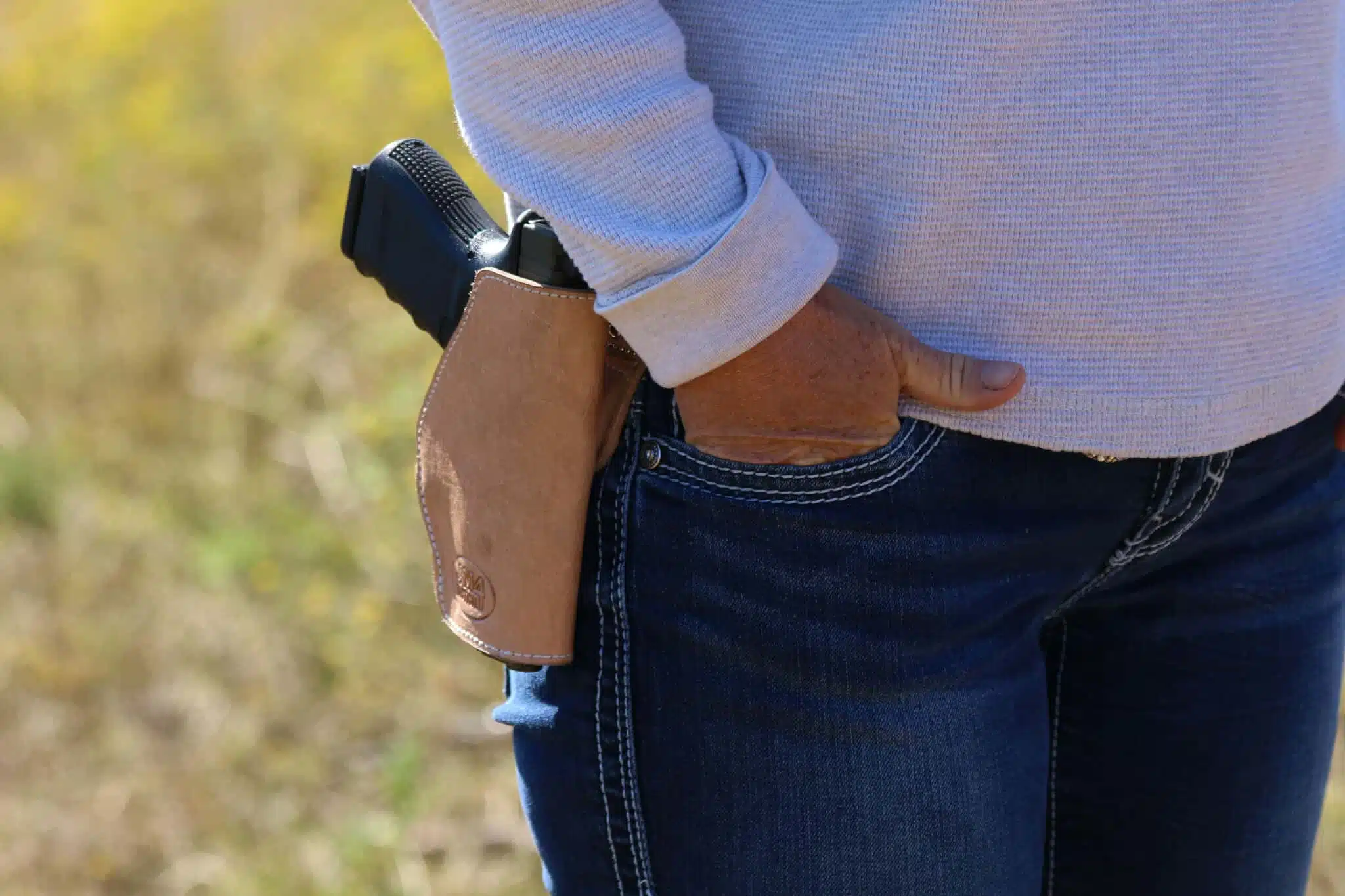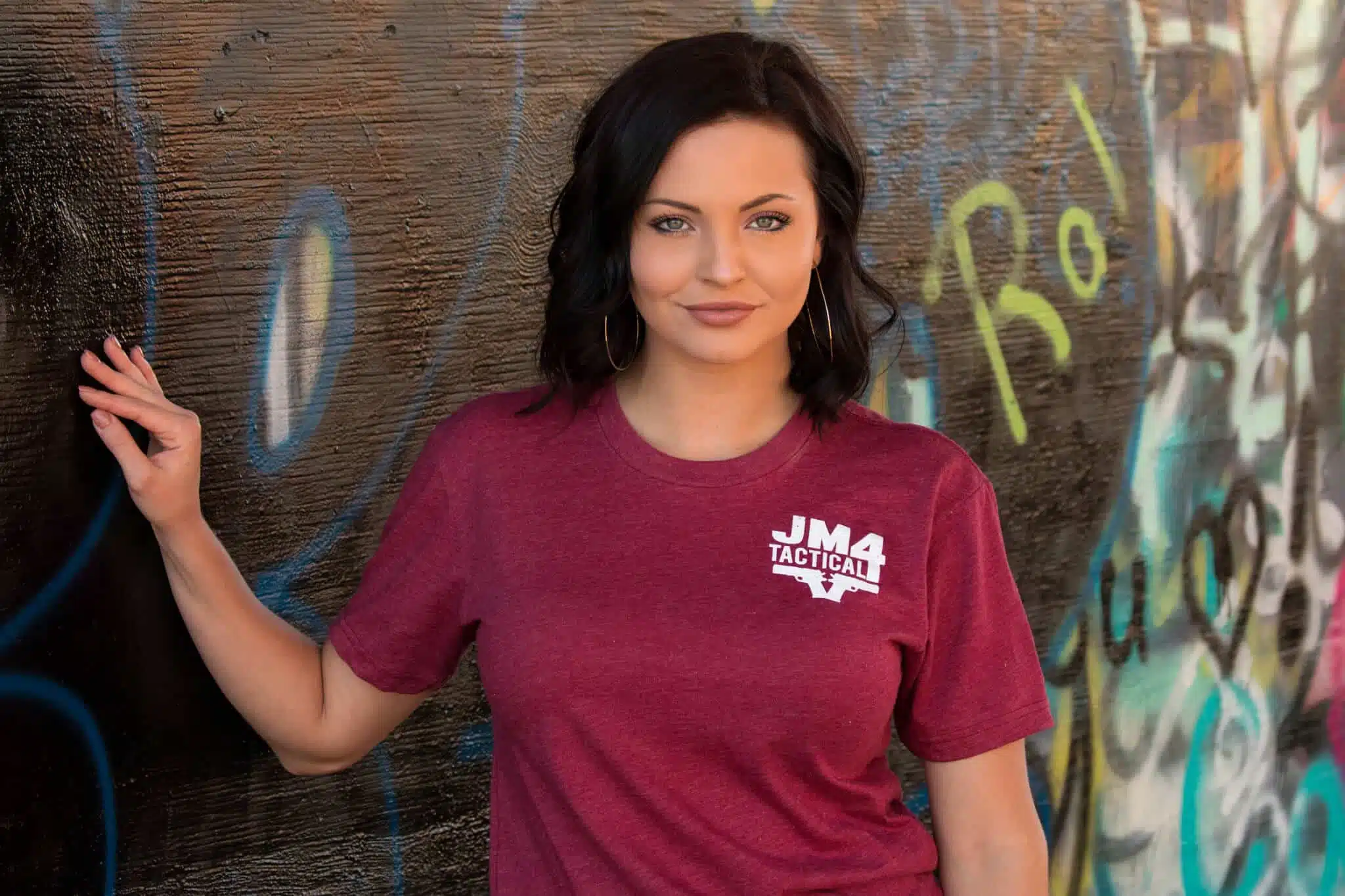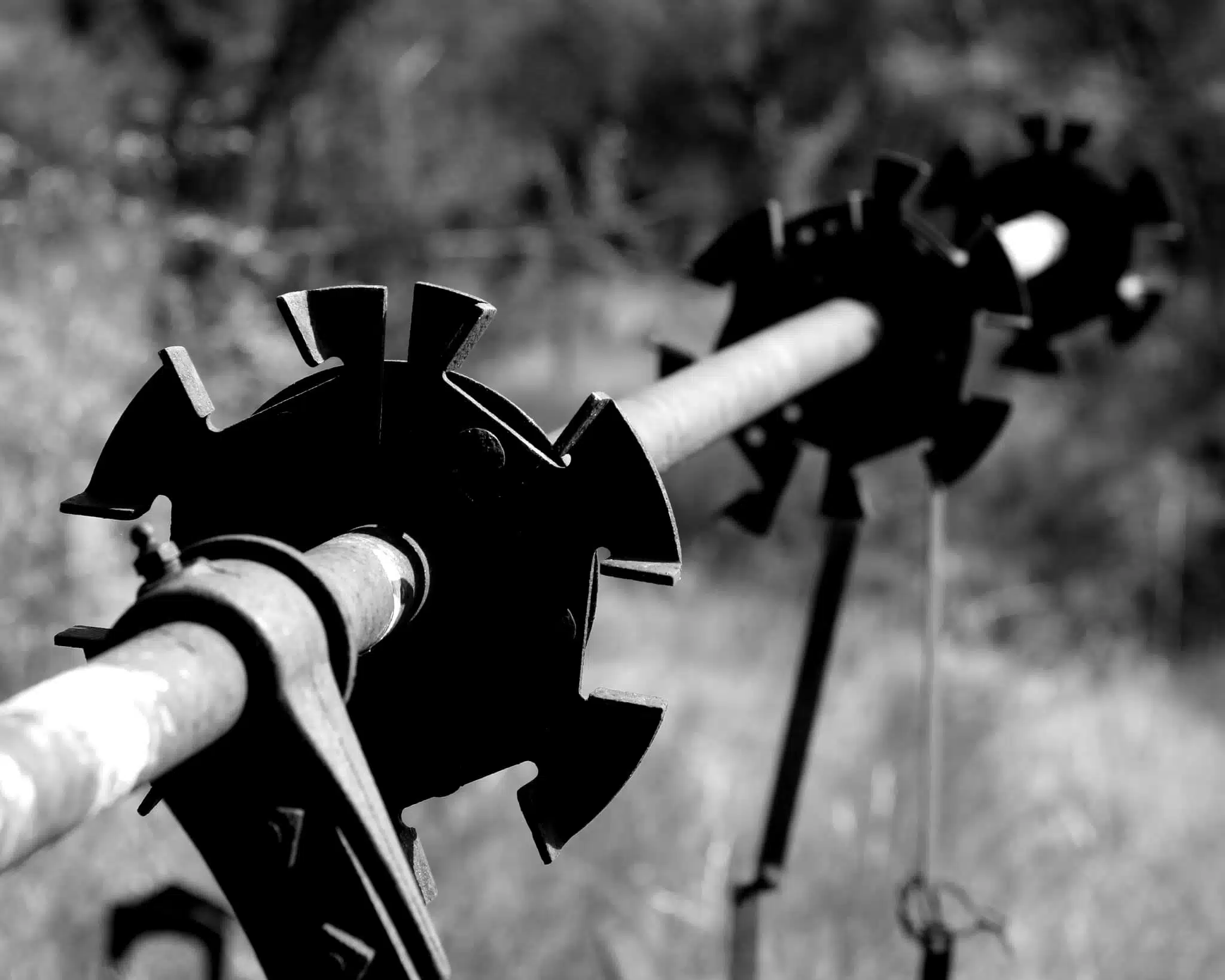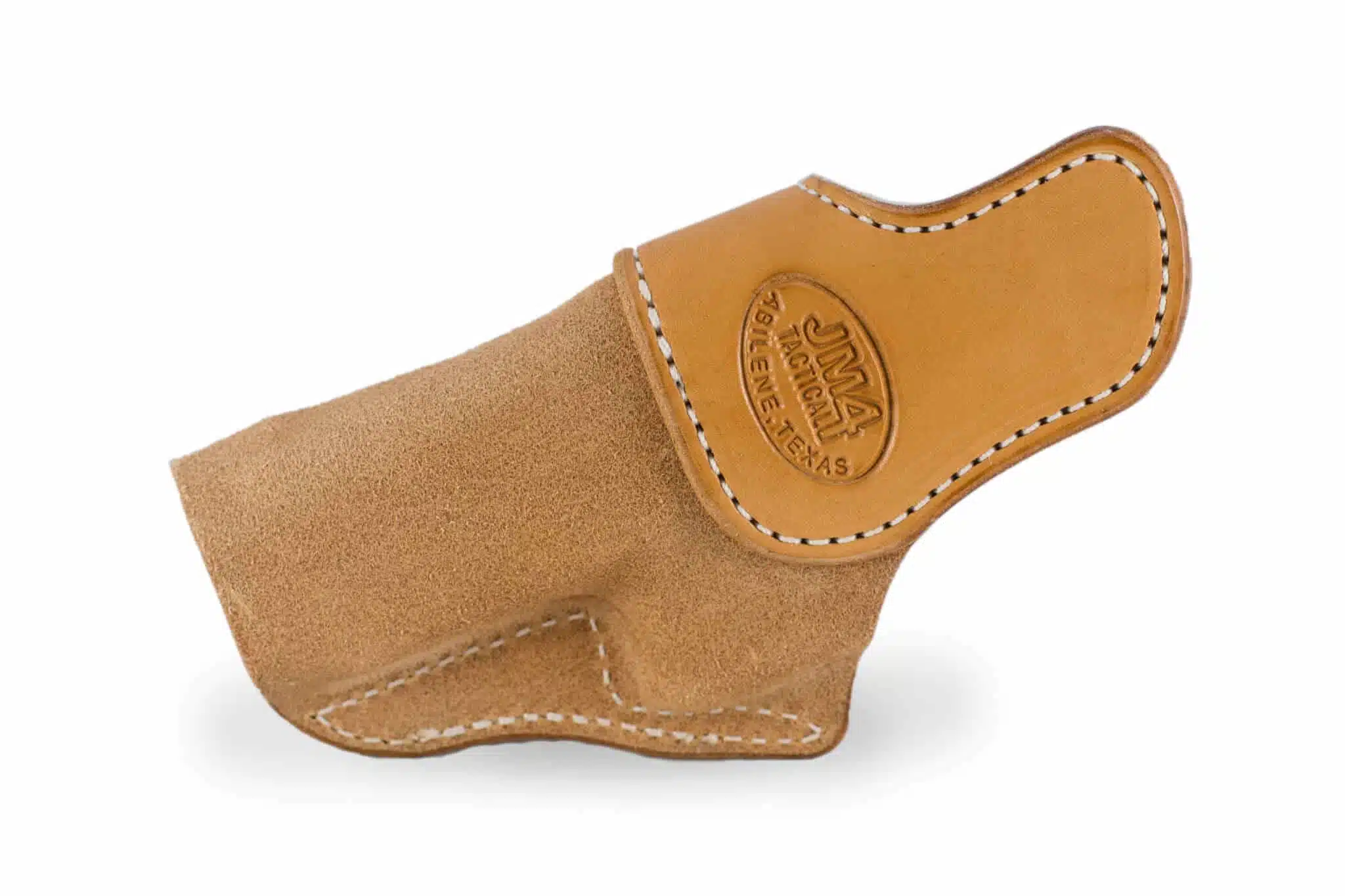Keep That Gun Unloaded At The Range

When it comes to firearms safety, we need to look at all the rules. Previously I covered two of the critical safety rules of firearm handling, keeping your finger off the trigger and not pointing a firearm at something you’re unwilling to destroy. As a refresher, there are three NRA rules of gun handling and the Cooper rules. For those of you who need a brush-up or need to learn them, let’s review.
The NRA Rules:
Always keep the gun pointed in a safe direction.
Always keep your finger off the trigger until ready to shoot.
Always keep the gun unloaded until ready to use.
The Cooper Rules:
All guns are always loaded. Even if they are not, treat them
as if they are.
Never let the muzzle cover anything you are not willing to
destroy.
Keep your finger off the trigger until your sights are on the target.
Identify your target and what is behind it.
Capping off the NRA’s three rules, we’re going to discuss “Always keep the gun unloaded until ready to use.” The Cooper version of this rule can be interpreted as “All guns are always loaded. Even if they are not, treat them as if they are.” Sure, they are not verbatim the same but help convey similar ideas. To me, the NRA “Always keep the gun unloaded until ready to use” is an affirmative rule, one that dictates what you shall do. The Cooper rule of “All guns are always loaded. Even if they are not, treat them as if they are” imparts a mentality. In my opinion, the mentality is an important one because if you do treat guns as if they are loaded, you will not point them in an unsafe direction, you would keep your finger off the trigger until ready to use, and you would know what is beyond your target.
Things can quickly get confusing when dealing with these two different sets of “rules.” If you go to a range, the range may have the NRA rules posted. They may have the Cooper rules or a derivation of the Cooper rules posted. What does not change here is the intent of the rule sets as a whole, promoting safe gun handling.
Keeping your gun unloaded until ready to use is one that warrants discussion beyond what it says on its face. On more than one occasion, I’ve had students already start to ask about this rule in the context of self-defense. It’s a valid question to bring up and worthy of discourse.
The number one answer returned when someone is asked why they are getting a pistol is for self-defense. A brand new responsible gun owner that has received training before or just after procuring their firearm might be scratching their head when they hear this rule. Well, now what? You’re telling me to keep it unloaded. What use is that for self-defense?
What we need to focus on is the word “use.” You, the user or gun owner, have to define use. Like most things involving
firearms, thought is involved. Just getting out there, having a gun slapped into your hands, and then going to town on a target without any context is a dangerous situation. Everyone’s needs are different, as are everyone’s experience levels. Yes, training is what I’d consider a must, but also, so is thought.
If you intend to carry a firearm for self-defense or keep one staged in your home responsibly for home protection, that firearm is in use. No, you’re not standing on a firing line, ready to shoot at a paper target, where the full intentions are understood. This is a philosophical use. You want that firearm prepared for when or if you need it.
Keeping a firearm loaded for self-defense in any capacity now opens you up to a whole host of other things you need to consider.
When you have a firearm on your person, it needs to be properly secured in a holster. That holster should do a couple of essential things to be effective: One, cover the trigger and trigger guard. Two, a quality holster should have good retention.
It’s imperative to make sure nothing can engage the trigger while you’re moving. Also, make sure that nothing can work its way into the barrel of your gun; think about that if you engage in pocket carry. Fit, feel, etc., all need to be thought about as well. So pick and choose your holsters wisely.
If you’re planning on keeping a firearm in your home for self-defense, there are many you need to consider.
Do you have other people that live with you?
Are there children in the house?
Do you have visitors that may wander into where you keep your firearm?
The series of thoughts and what-ifs are without bounds. For some people, keeping a gun in their nightstand is perfectly acceptable. I don’t consider that advisable, and I’d also urge anyone to know the laws where they live, but this may fit specific individuals’ needs. I’m of the school of thought that there are no excuses for not having a quick access storage device of one type or manner in this day and age. They are relatively inexpensive, easy to use, and such devices’ reliability has increased over the years.
Think about your needs.
From a practical standpoint, you really should not store any firearms loaded unless you explicitly have them incorporated into your protection plan.
In one instance, a friend was grabbing his gear to head off to the range. He took the pistols he wanted from his safe, put them into his range bag, and off he went. When he got to the range, he put his guns on the shooting bench and cleared them. Not only is this good practice whenever you pick up a firearm, but also, they needed to have chamber flags put in them to meet the requirements at that particular facility. He realized one of the pistols had a fully loaded magazine. That may not seem like a big deal, but it is. Aside from the safety hazard of having not cleared the firearm before putting it into his bag and tooling around with a loaded gun, it’s illegal to have a loaded firearm in the car in that individual’s jurisdiction.
In another instance, someone I know was moving around a shotgun that he keeps in a hidden closet in his home. He was intending on performing some checks on it and wanted to clean it. The shotgun had been sitting there undisturbed for a good while. When he opened the action, he realized he had a shell in it. All the time the shotgun was stored, he thought he kept it unloaded. This situation was of particular worry to him because he thought, what if my wife handled it and did not know it was loaded?
After reading “Why are you Pointing That at me,” a friend told me about a negligent discharge he had in his garage. He was handling a lever-action rifle that he thought was unloaded, and then “boom.”
Luckily no one was injured!
There is a line between storage for use and storage to keep a firearm secure. You need to set that boundary and adhere to it.
The other thing that needs to be done is that anytime you handle a firearm, it needs to be cleared and checked. Do it every time. These two stories illustrate that importance.
In the first instance, complacency set in as the fellow put his gun into his range bag just assuming it was unloaded – and putting it uploaded in the first place, for that matter. In the second, that individual did clear the firearm, but only because
he intended to perform maintenance, with complacency occurring whenever the gun was put up. And the third, well, he had
a negligent discharge and will be the wiser when he’s storing and handling his firearms. All cases illustrate the importance of knowing your firearm status (s), treating them as if they are always loaded, and why you should keep them unloaded until ready for use.
